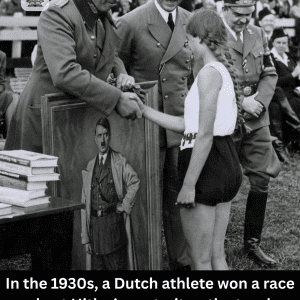Imagine walking down a busy New York street in 1973 and seeing a man lift a bulky, brick-like device to his ear. He makes a phone call not from a booth or a car but while strolling casually down the sidewalk. That moment, as ordinary as it might have appeared to passersby, marked the beginning of a revolution.
On April 3, 1973, Martin Cooper, a Motorola engineer, made the world’s first public call from a handheld mobile phone. With confidence and a bit of theatrical flair, he dialed his chief rival at Bell Labs and said, “I’m calling you from a real handheld cell phone.” It was not just a jab. It was a declaration of the future.
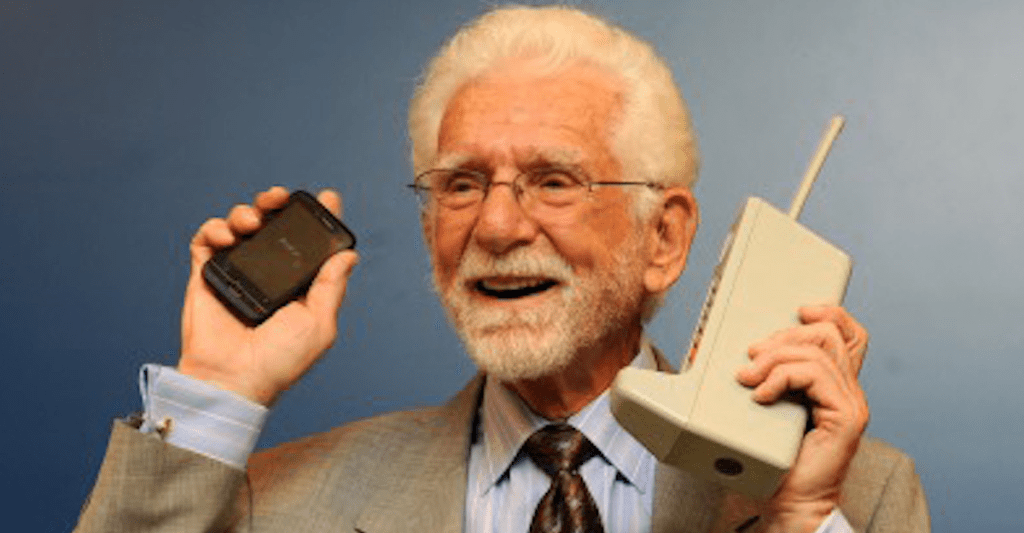
Martin Cooper: The Man with the Vision
Martin Cooper wasn’t trying to build the next cool gadget. He was solving a problem. At the time, telephones were tethered to walls or locked into vehicles. Communication was still rooted in physical places. Cooper envisioned a world where people could talk to anyone, anytime, from anywhere not just from home or office.
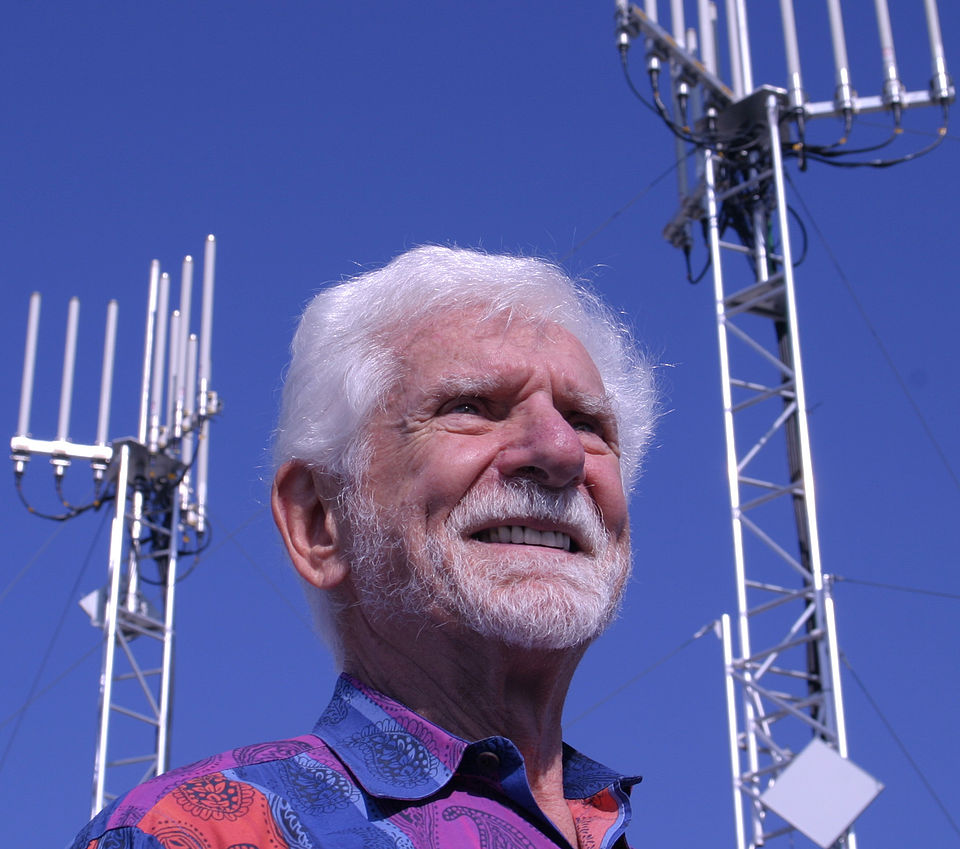
Working at Motorola, he led the team that created the DynaTAC 8000X. It was far from sleek. The phone was 10 inches tall, weighed over two pounds, and offered only 30 minutes of talk time. But it worked. And that was all that mattered.
Cooper’s sidewalk call wasn’t just a product demo. It was the proof-of-concept the world needed to believe mobile communication was possible. For the first time, talking on the move was not just science fiction.
Video:
The First Cell Phone Call Was an Epic Troll
A Bold Move That Shaped the Wireless World
That first phone call was not made from a lab or a boardroom it happened on the streets of New York City. This choice was intentional. Martin Cooper wanted to show that mobile communication was meant for real life. It wasn’t just a business tool. It was something personal and accessible.
When he called Bell Labs to deliver his confident message, it was more than a rivalry moment. It was a public statement that innovation belongs to the bold. In his own words years later, Cooper admitted, “We had no idea it would become the smartphone world we live in today, but we knew the world had changed.”
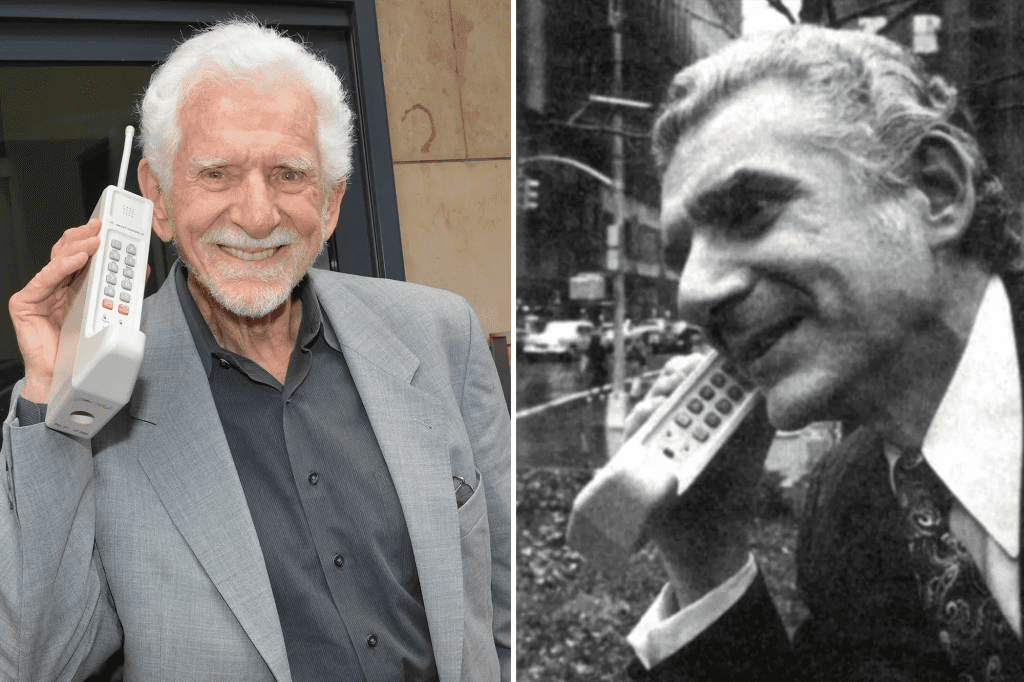
From Brick to Pocket: The Evolution of the Mobile Phone
After that initial breakthrough, it would still take another decade for mobile phones to become commercially available. The first models were expensive, rare, and mostly used by top executives. But the foundation had been laid.
In the decades that followed, technology raced ahead. Phones got smaller, batteries lasted longer, and new networks allowed faster communication. What started as a clunky prototype eventually evolved into sleek smartphones that now fit in our pockets, stream video, run apps, and manage our lives.
Video:
Meet The Inventor of the First Cell Phone
Cooper’s original mobile call didn’t just change the way we communicate it changed the way we live. It redefined everything from how we work to how we connect with friends and family. In many ways, it reshaped the modern world.
The Legacy of One Visionary Call
Martin Cooper’s sidewalk call is a reminder that great ideas often begin with a bold question: what if? What if phones weren’t confined to desks? What if people could speak freely, wherever they were? In asking those questions and daring to answer them, Cooper didn’t just make history. He gave us the foundation for a connected world.
His call may have lasted only a few seconds, but its impact has lasted generations.
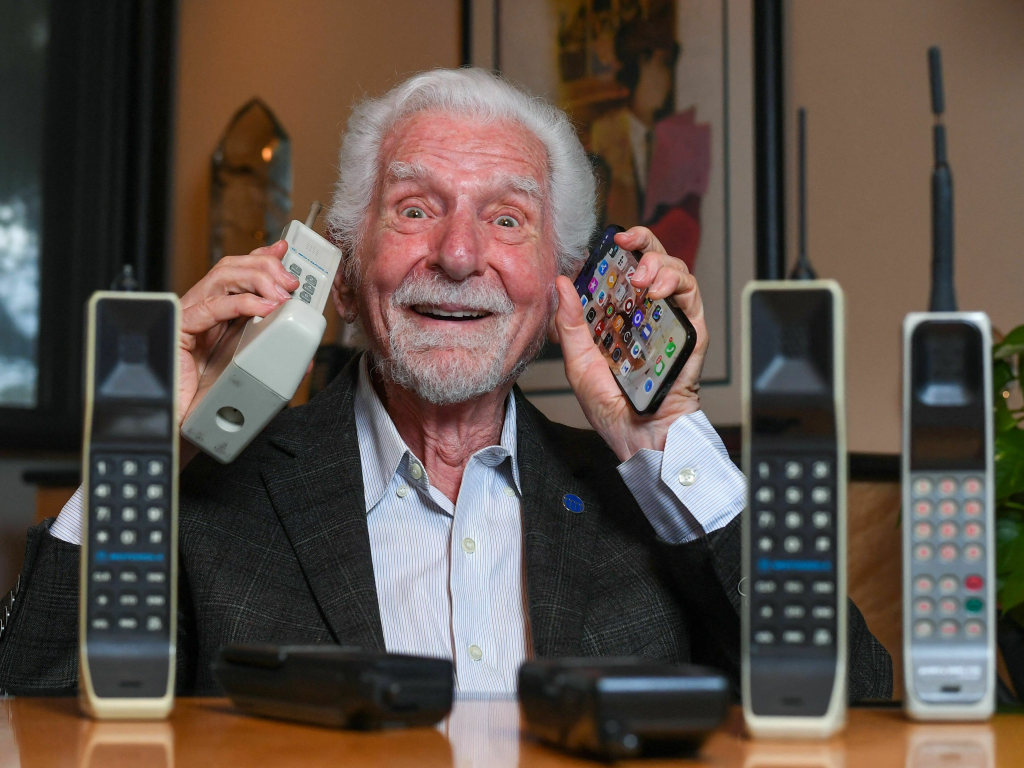
From Then to Now: A World Forever Connected
Today, it’s hard to imagine life without mobile phones. They wake us up in the morning, guide us to our destinations, help us order dinner, and keep us in touch with loved ones across the globe. All of that traces back to a man, a vision, and one bold call on a busy sidewalk.
Martin Cooper’s first mobile phone call wasn’t just a technical milestone. It was a defining moment that proved the impossible was within reach. It wasn’t polished or perfect, but it was real. And it changed everything.
